KurskMapMay 3–4, 2014 A total hole. 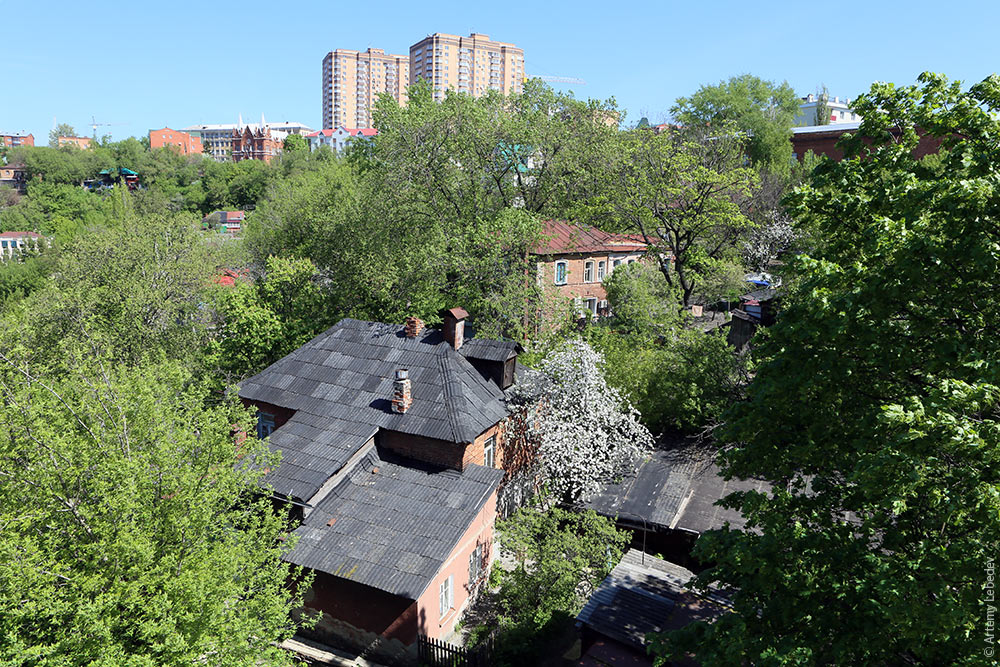 Kursk is more like a small town than a city. 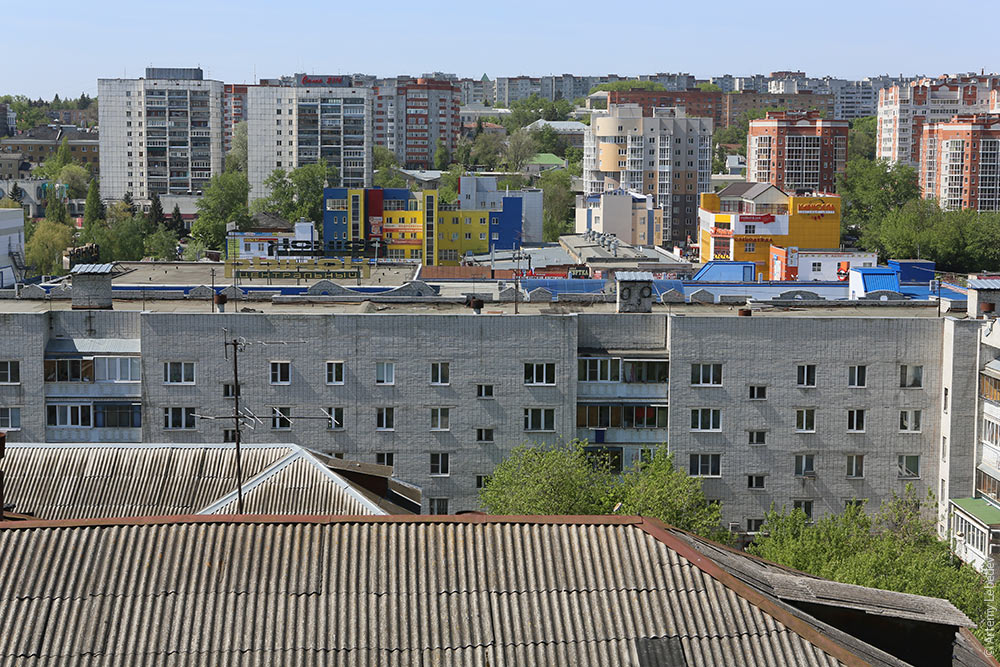 Only a couple of streets look like proper city streets; the rest is a chaotic, crazy agglomeration of buildings. 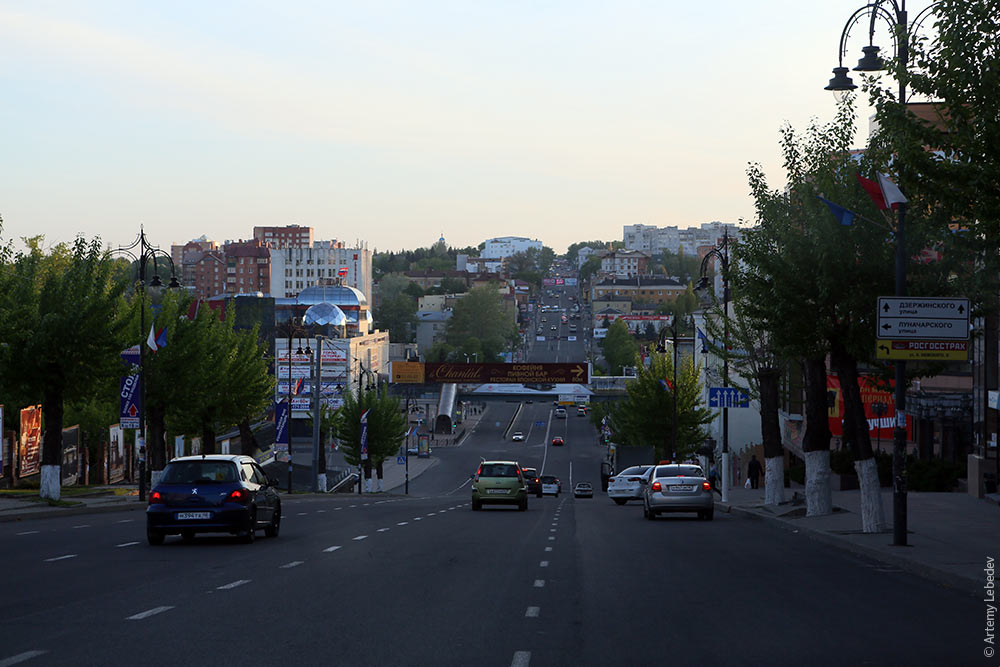 Kursk’s attitude towards history is perfectly illustrated by this unusual building: attentive viewers will notice that the three-story barracks contain traces of a delightful two-story mansion. 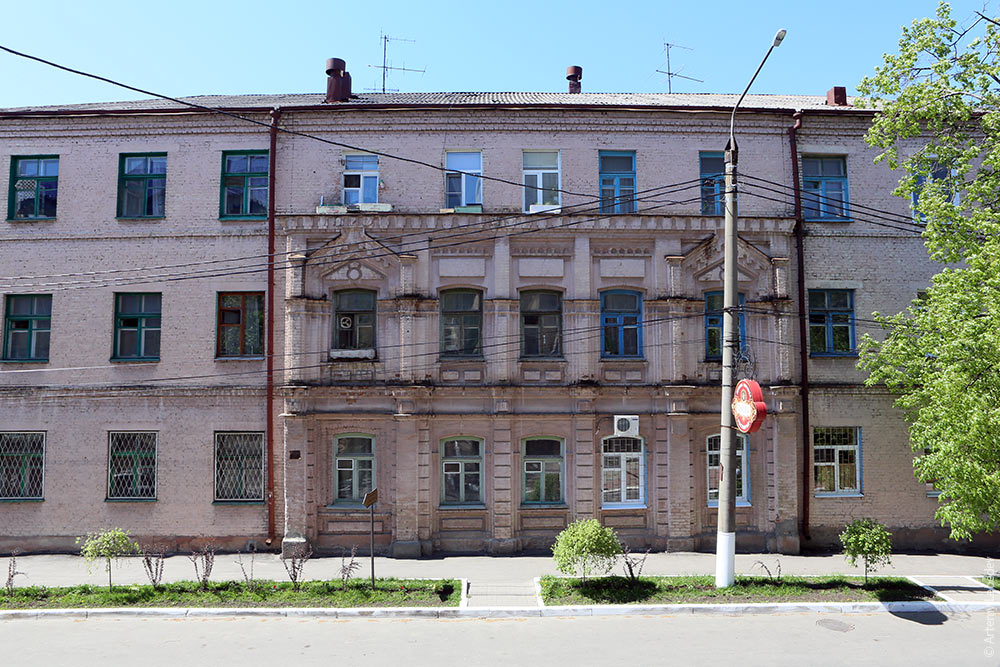 The few rare specks of historical beauty that exist are completely ignored. Can we hang signs and advertising on it? Great, let’s do it! 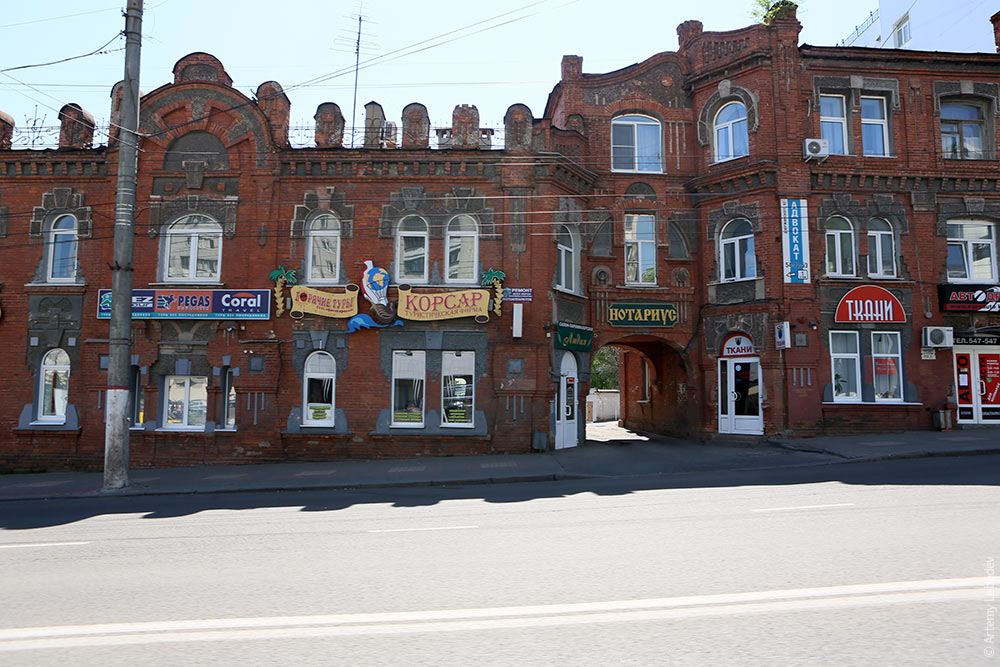 Last-minute tours. Notary. Fabrics If there’s no more room to hang signs, they’re simply placed on the ground in rows outside the stores. 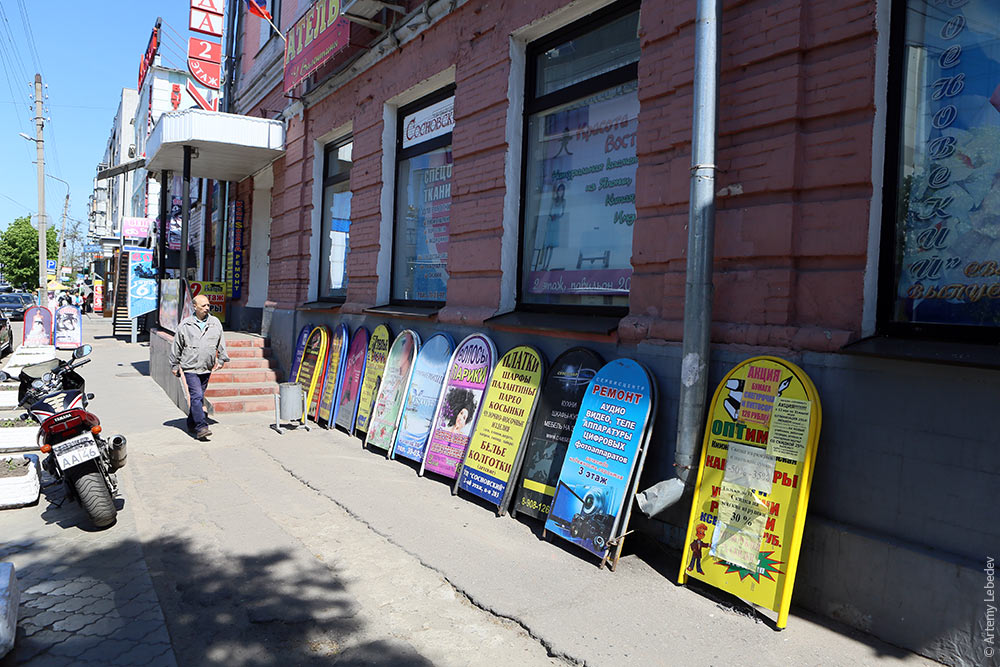 Nonetheless, Kursk is a real city. This is evidenced by several unique details and characteristics. The first is the bus schedules. Their information density (look how much they managed to cram in) is as incredible as their lack of informativeness (good luck deciphering anything besides the name of the stop).  Dom Knigi stop The second is the direction signs, which clearly mark whether streets are one way or not. This doesn’t exist anywhere else. 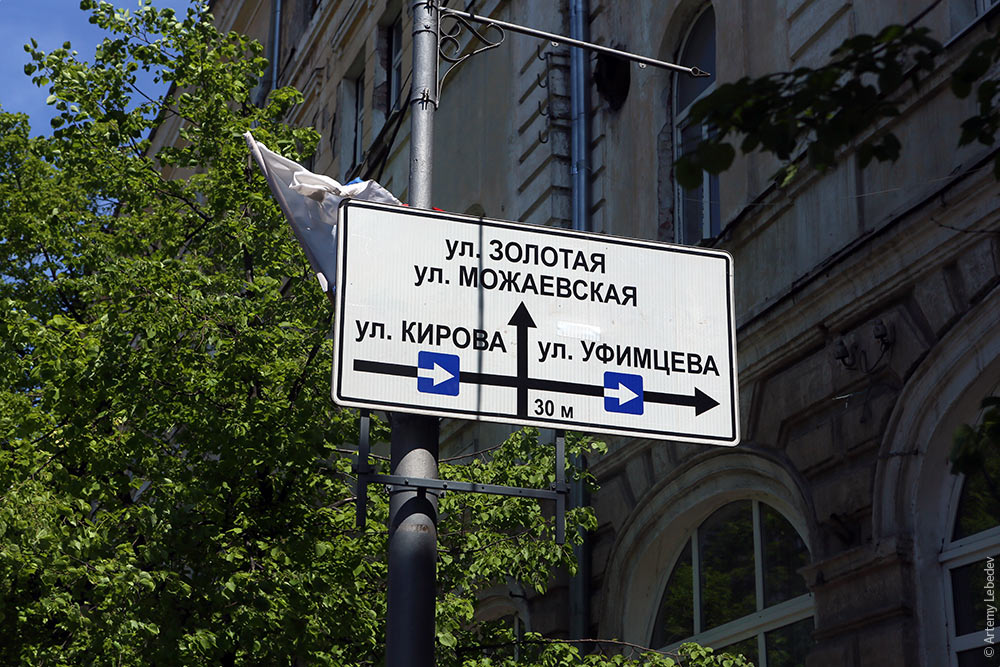 The third and most interesting is the fact that traffic signs aren’t attached flush to the poles here, but rather with an offset (like in Vanadzor). 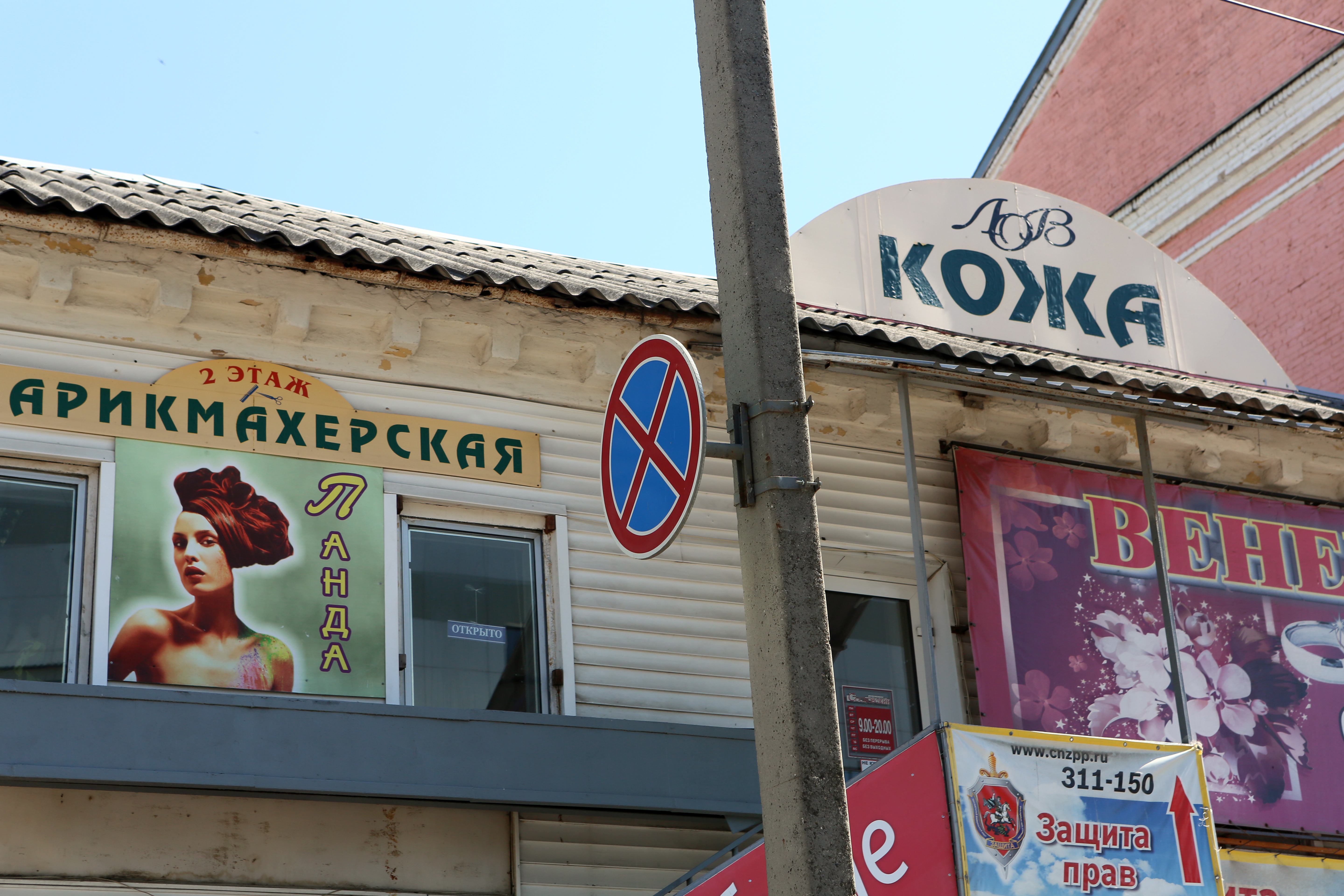 This isn’t a mistake; this has been done intentionally all over the city. And it’s the best thing you can do with signs. Even a 10 cm distance between the pole and the sign adds a sense of comfort, pleasant detailing, dimensionality and beauty to the city. This is something that should be done everywhere and always. 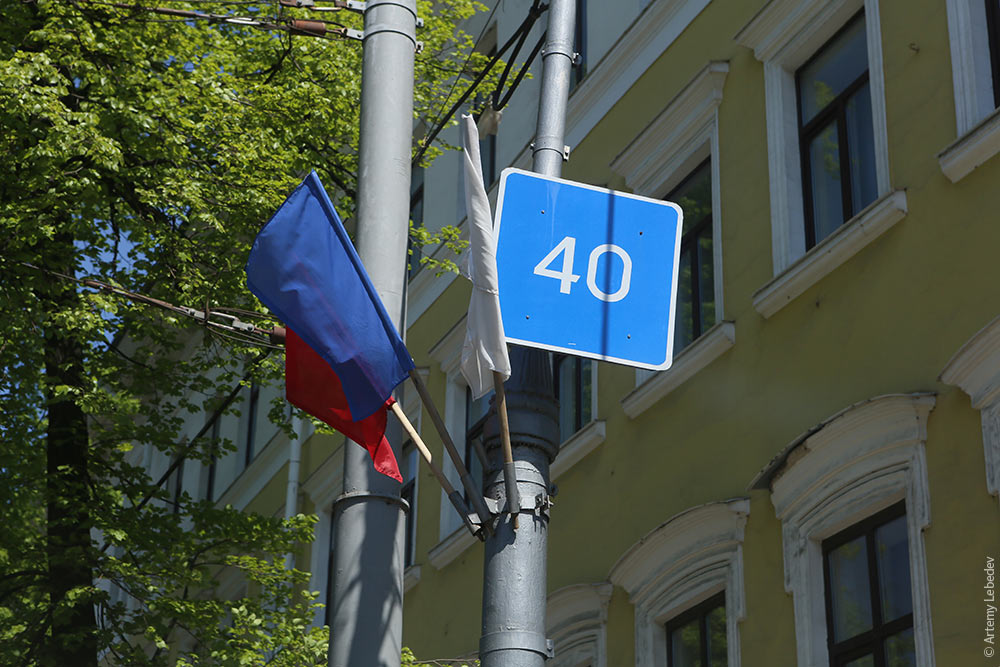 Kursk: setting an example for all Russian cities. 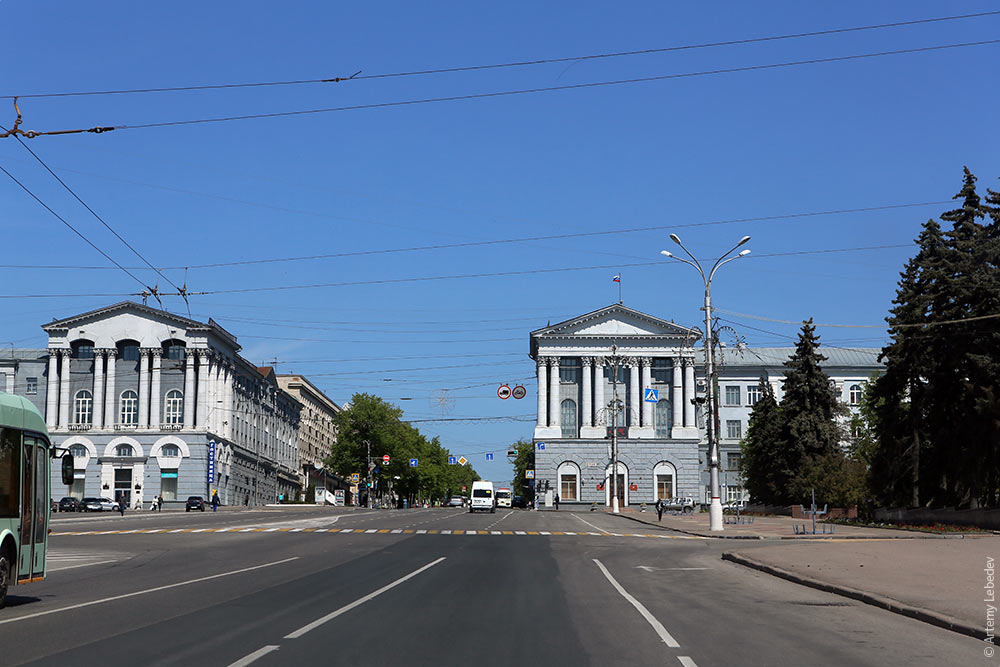 |